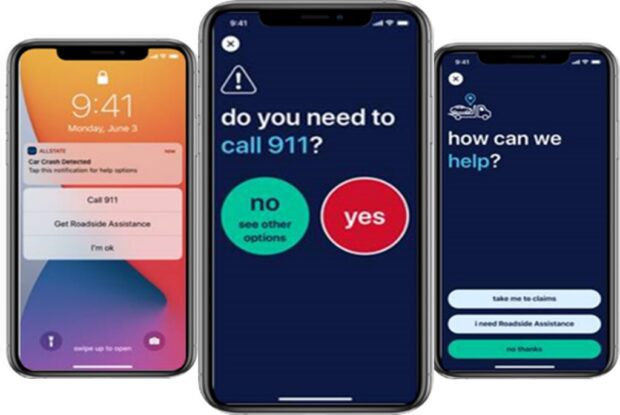When consumers decide what to buy, they want companies to treat them as individuals: “Do you know my unique needs?” and “Will you be there for me when I need you?”
Executive Summary
"Do you need to call 911?"To give customers peace of mind, Allstate launched Crash Detection in 2020, free for customers enrolled in Drivewise telematics program, giving those customers quick access to emergency help through the Allstate mobile app.
That's just one example of how Allstate leverages the dynamic, expanding capability of telematics to deliver personalized value for customers, according to Allstate's Susanna Su and the IoT Insurance Observatory's Matteo Carbone.
Telematics helps Allstate customers get the best rates based on their driving, but price isn't all customers care about. An Observatory survey conducted with Swiss Re found that automatic emergency assistance and anti-theft support ranks close behind safe-driving rewards.
For insurers, the answer to these questions lies in offering increased value. Carriers need to deliver experiences that go beyond premiums and claims to exceed customer expectations and gain their trust.
Technological evolution further amplifies this interest, as customers’ protection needs become more complex. Insuring connected cars, electric and autonomous vehicles, and ridesharing prompts questions for carriers:
“How much is this protection designed on customers’ unique needs and risks?” “Will customers feel more control in the face of more choices?” “What more value can be delivered to gain higher engagement and trust from customers?”Telematics makes it possible to understand customers’ individual needs and provide personalized solutions and value as those needs evolve.
When presented with an app-based telematics program that monitors driving behaviors and provides rewards for safe driving, crash assistance and other services, more than 50 percent of U.S. respondents in the 2022 Swiss Re and IoT Observatory survey (10,000 worldwide/2,000 U.S.-based) said they would recommend it to a friend. A mere 23 percent were reluctant, saying “no” or “definitely no.” This resistance has markedly diminished among customers: The primary detractors (above 50 years old) are now at 36 percent, compared to 82 percent in a similar survey in 2016.

































